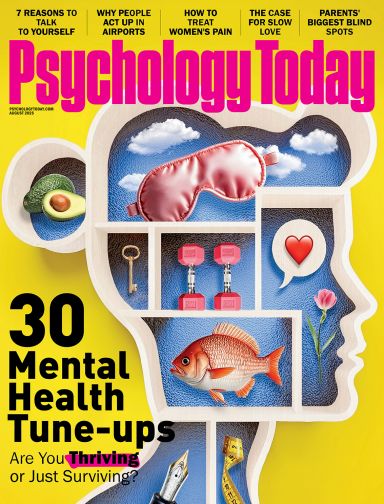
"For centuries, the patient-provider relationship resembled a hierarchical, almost paternalistic dynamic. Providers were viewed as all-knowing healers, and patients were expected to be compliant 'good patients.' This model has historical roots going back to ancient times, through medieval Europe, and into the rise of hospitals in the eighteenth century."
"Shifting toward patient-centered care began in the mid-twentieth century when scholars and clinicians started questioning this paternalism. Thinkers like Michael Balint, Thomas Szasz, and George Engel argued for a model where patients are active participants in their care."
"Balint emphasized seeing patients as unique individuals with psychological and social dimensions, not just biological problems to fix. Szasz proposed 'mutual participation,' where patients and providers share power and work together as partners."
"Engel developed the 'biopsychosocial' model, integrating biological, psychological, and social factors into care. Rogers highlighted the importance of empathy, genuineness, and acceptance in the healing process."
The patient-provider relationship has evolved from a hierarchical, paternalistic model to a more collaborative one. Historically, patients were passive and dependent on authoritative providers, who focused largely on biomedical issues. In the mid-twentieth century, this model began to be challenged by thinkers advocating for more inclusive approaches. Key figures argued for viewing patients as active participants and emphasized the relevance of psychological and social factors in their care. Models like biopsychosocial integration and mutual participation foster a more empathetic and genuine healthcare experience.
Read at Psychology Today
Unable to calculate read time
Collection
[
|
...
]